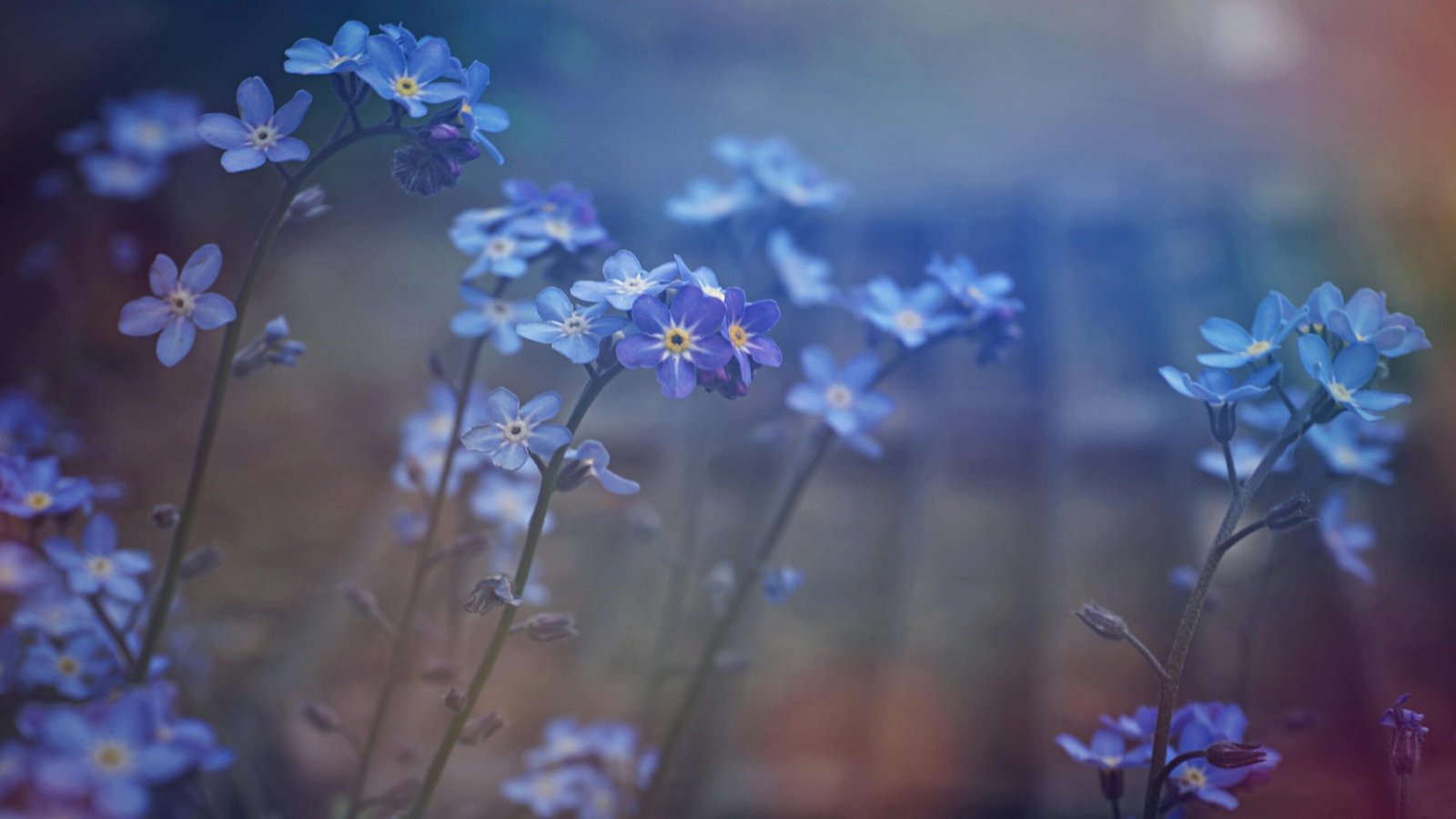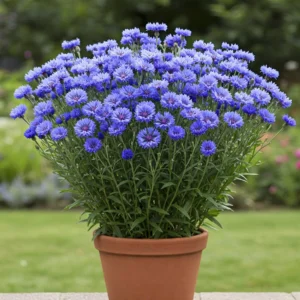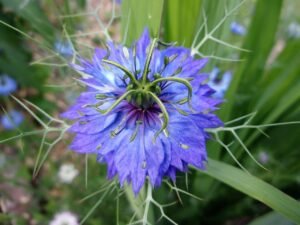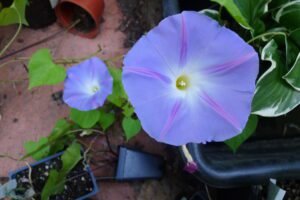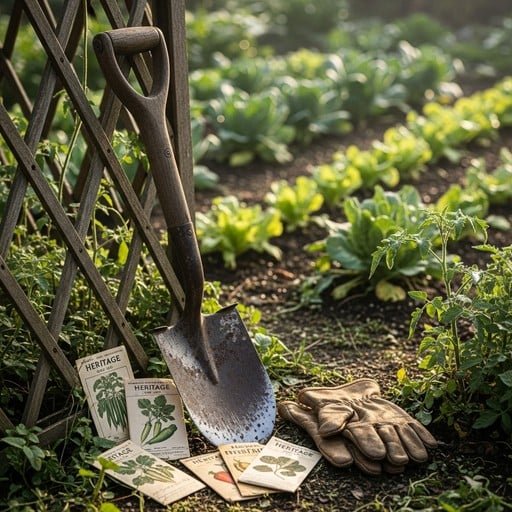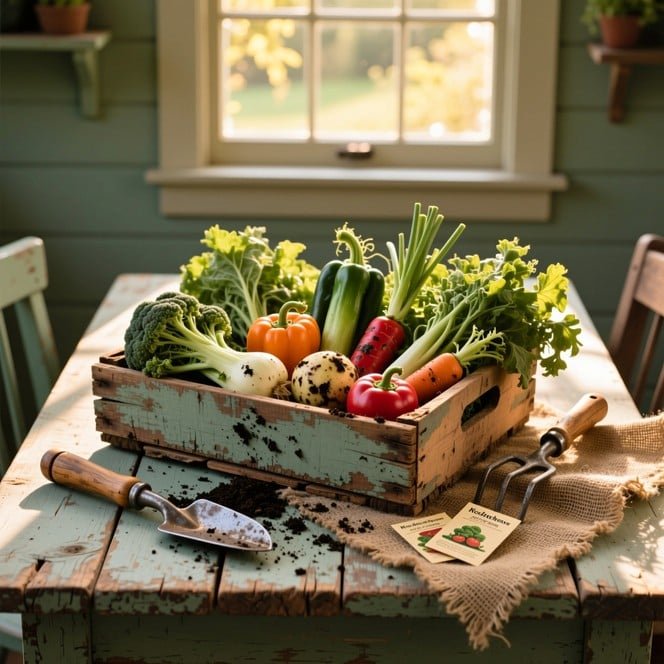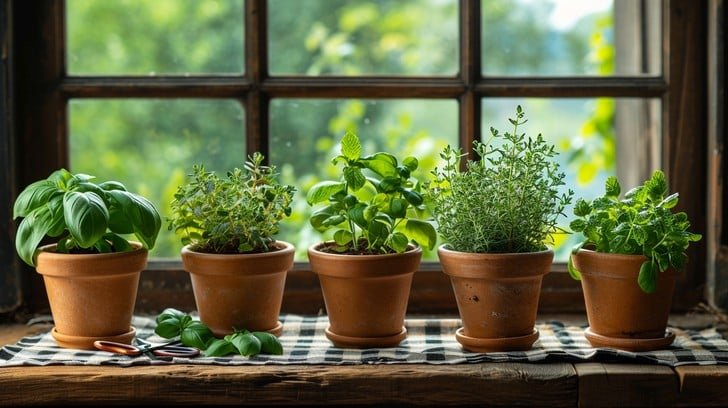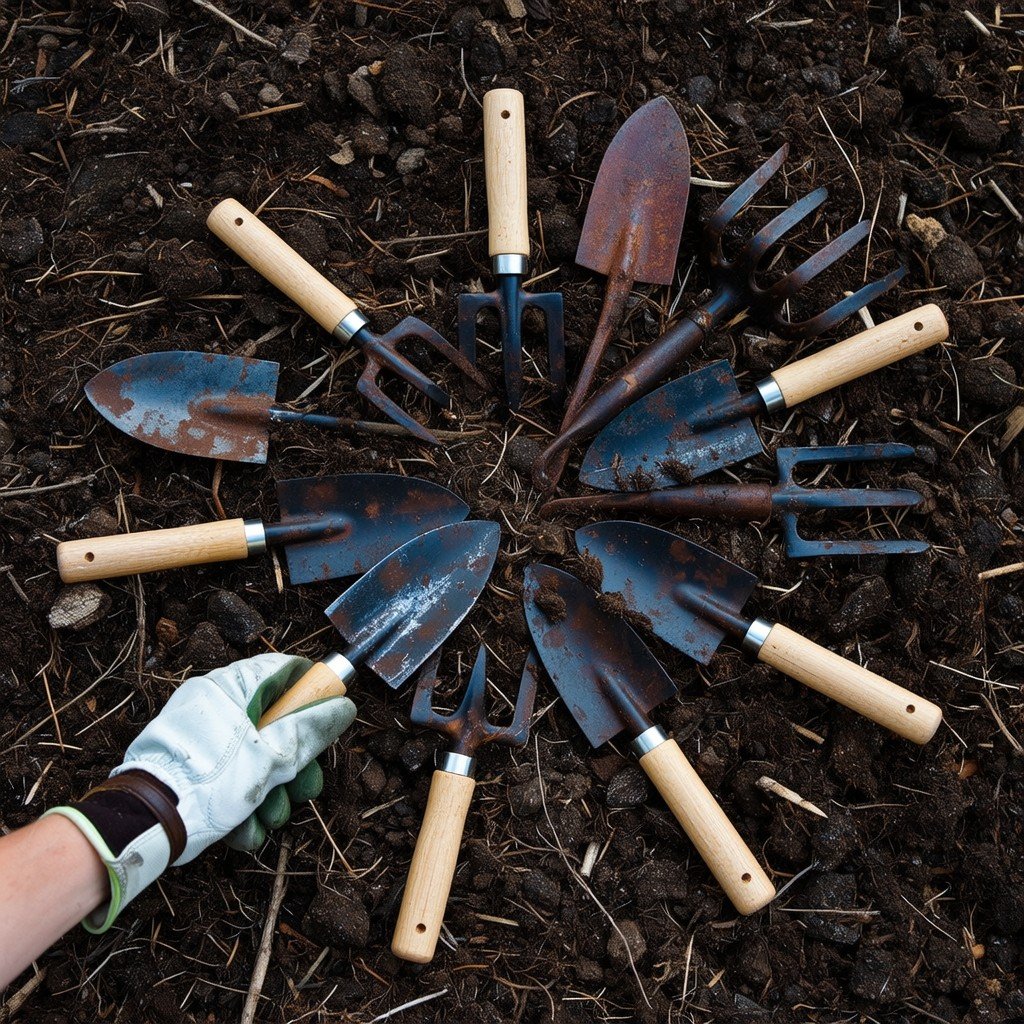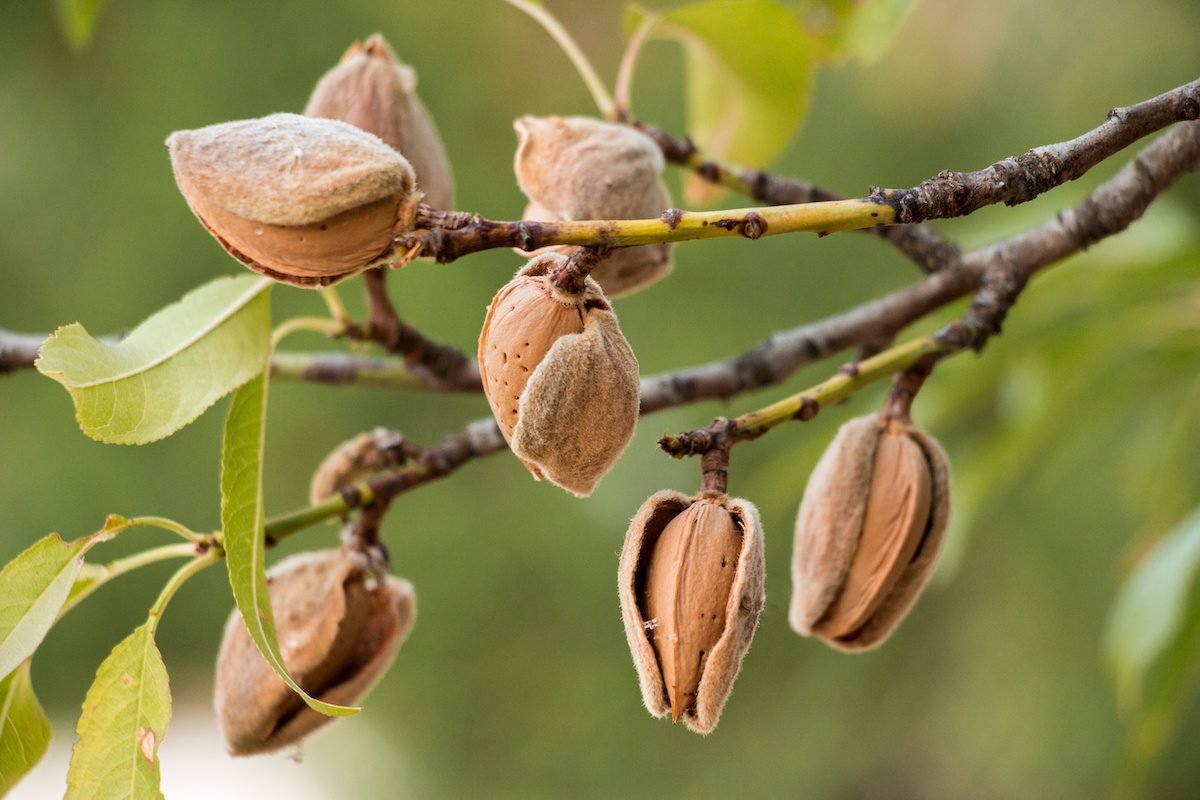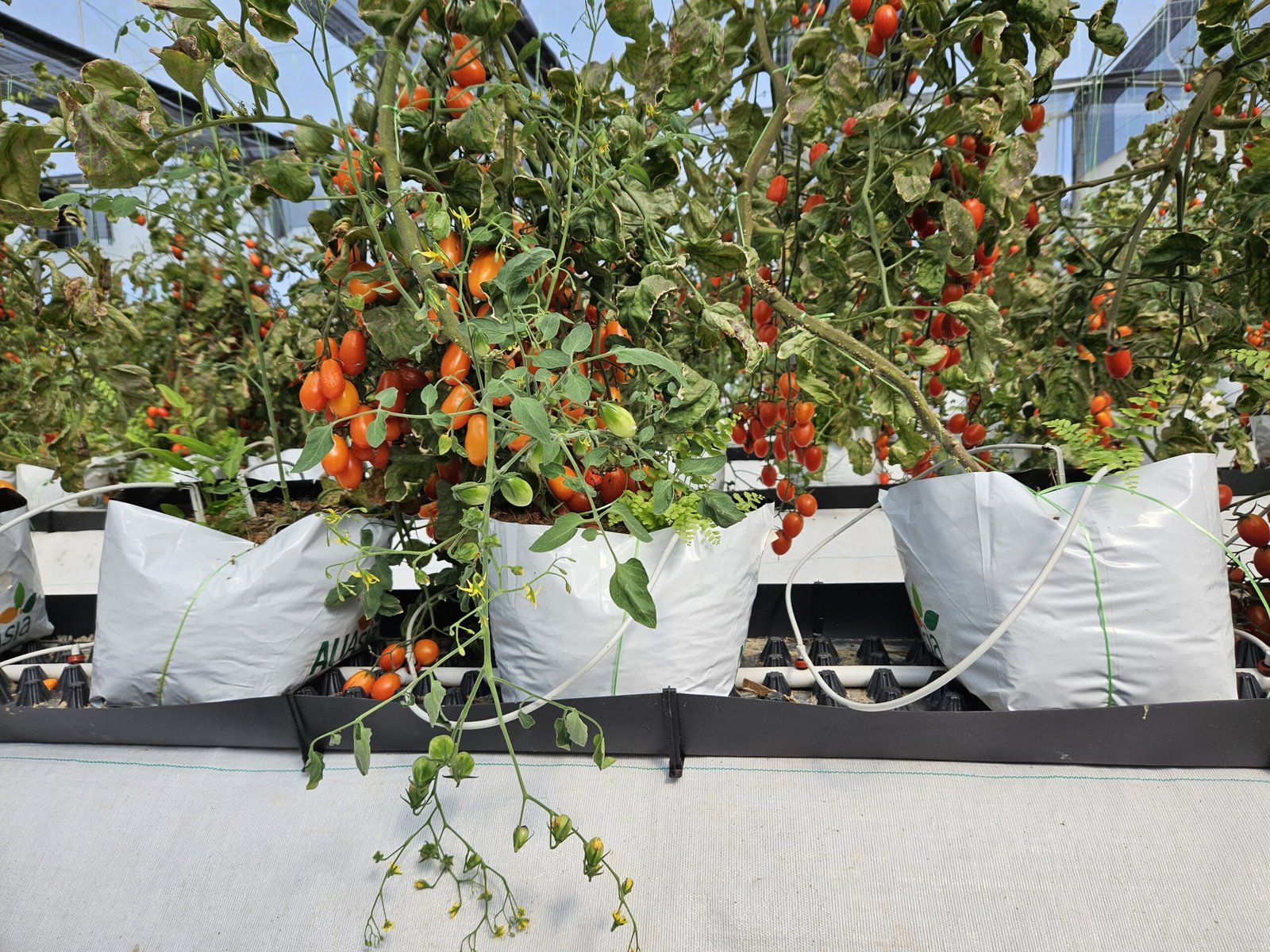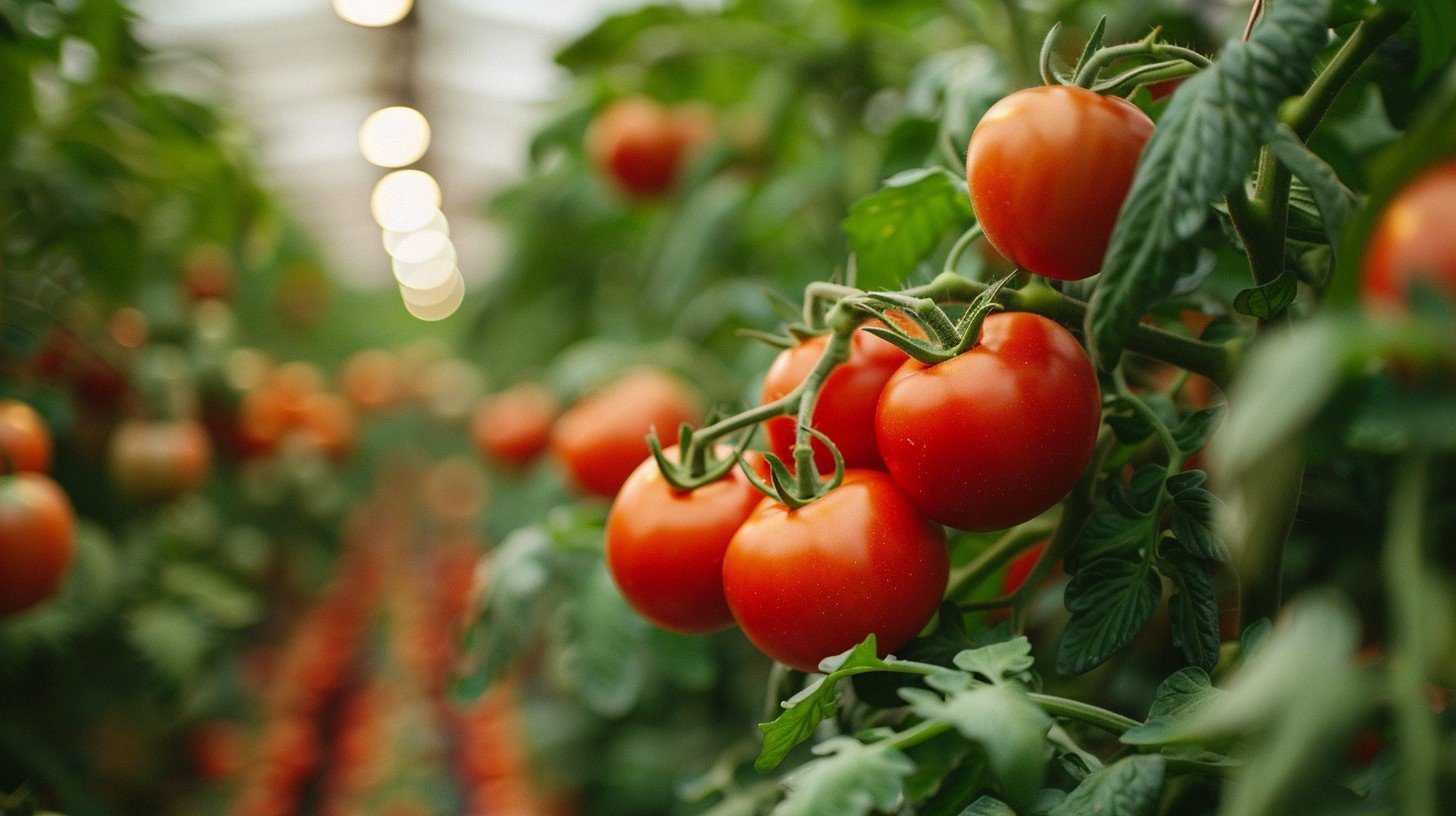50 Stunning Blue Flowers Name for Your Garden
Blue is one of the rarest flower colors in nature. That makes a garden of blue blooms very magical. Sky-blue annuals, deep sapphire perennials, or spreading groundcovers all look stunning. These flowers add calm, elegance, and a wow factor to your garden.
Here, I will share 50 beautiful blue flowers. From classics like hydrangeas to rare Himalayan blue poppies. You will also get growing tips, hardiness zones, and advice from experienced gardeners.
Best Blue Annuals: Quick Color for Beds, Borders, & Containers
Annuals are perfect for gardeners seeking fast, vibrant color in beds, borders, or containers. Many are excellent for cut flowers and attract pollinators.
1. Cornflower (Centaurea cyanus)

-
Type: Annual
-
Soil: Well-drained, average soil
-
Sun: Full sun
-
Zones: 2–11 (grown as annual)
-
Tip: Direct sow in spring and deadhead often to enjoy continuous blooms.
2. Love-in-a-Mist (Nigella damascena)

-
Type: Annual
-
Soil: Light, sandy, well-drained soil
-
Sun: Full sun
-
Zones: 2–11 (grown as annual)
-
Tip: Scatter seeds where you want them; they dislike transplanting.
3. Morning Glory (Ipomoea tricolor)

-
Type: Annual vine
-
Soil: Moderately fertile, well-drained soil
-
Sun: Full sun
-
Zones: 2–11 (grown as annual)
-
Tip: Nick or soak seeds before planting to improve germination.
4. Bachelor Buttons (Centaurea cyanus)
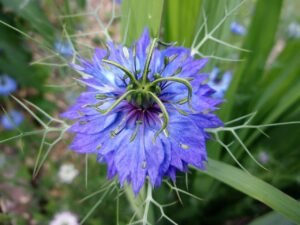
-
Type: Annual
-
Soil: Average, well-drained soil
-
Sun: Full sun
-
Zones: 2–11 (grown as annual)
-
Tip: Easy-care cut flower; perfect for wildflower mixes.
5. Baby Blue Eyes (Nemophila menziesii)
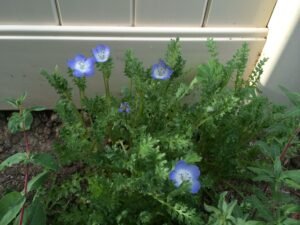
-
Type: Annual
-
Soil: Loamy, well-drained soil
-
Sun: Full sun to part shade
-
Zones: 3–10 (grown as annual)
-
Tip: Great for cool-season color in California-style gardens.
6. Sweet Pea (Lathyrus odoratus)
-
Type: Annual vine
-
Soil: Rich, moist, well-drained soil
-
Sun: Full sun to light shade
-
Zones: 2–11 (grown as annual)
-
Tip: Pinch seedlings early for bushier plants and more blooms.
7. Desert Bluebells (Phacelia campanularia)
-
Type: Annual wildflower
-
Soil: Sandy, well-drained soil
-
Sun: Full sun
-
Zones: 3–10 (grown as annual)
-
Tip: Thrives in dry, desert-like conditions—perfect for xeriscaping.
8. Poor Man’s Weatherglass (Anagallis arvensis)
-
Type: Annual groundcover
-
Soil: Average, well-drained soil
-
Sun: Full sun
-
Zones: 2–11 (grown as annual)
-
Tip: Flowers close before rain, making it a charming “weather plant.”
9. Blue Didiscus (Trachymene coerulea)
-
Type: Annual
-
Soil: Light, sandy, well-drained soil
-
Sun: Full sun
-
Zones: 3–10 (grown as annual)
-
Tip: Excellent for bouquets; sow indoors to get a head start.
10. Blue Pansy (Viola wittrockiana)
-
Type: Annual/biennial
-
Soil: Moist, rich, well-drained soil
-
Sun: Full sun to part shade
-
Zones: 4–10 (cool-season annual in warm climates)
-
Tip: Plant in fall or early spring for the best cool-season color.
Gorgeous Blue Perennials
Perennials return year after year, rewarding you with blue blooms every season.
11. Globe Thistle (Echinops ritro)
-
Type: Perennial
-
Soil: Dry, well-drained soil
-
Sun: Full sun to light shade
-
Zones: 3–9
-
Tip: Cut back in late winter/early spring for strong new growth.
12. Delphinium (Delphinium spp.)
-
Type: Hardy perennial
-
Soil: Rich, well-drained, moist soil
-
Sun: Full sun
-
Zones: 3–7
-
Tip: Stake tall varieties to prevent flopping in wind and rain.
13. Larkspur (Consolida ajacis)
-
Type: Biennial/short-lived perennial
-
Soil: Fertile, well-drained soil
-
Sun: Full sun
-
Zones: 2–11 (grown as annual or biennial)
-
Tip: Direct sow in fall for early spring blooms.
14. Borage (Borago officinalis)
-
Type: Annual (reseeds heavily, feels perennial)
-
Soil: Average, well-drained soil
-
Sun: Full sun
-
Zones: 3–10 (self-seeds freely)
-
Tip: Flowers are edible with a cucumber-like flavor, loved by pollinators.
15. Brunnera (Brunnera macrophylla)
-
Type: Shade perennial
-
Soil: Moist, well-drained soil
-
Sun: Shade to part shade
-
Zones: 3–7
-
Tip: Variegated leaves keep interest long after flowers fade.
16. Blue Flax (Linum perenne)
-
Type: Perennial wildflower
-
Soil: Sandy, well-drained soil
-
Sun: Full sun
-
Zones: 5–9
-
Tip: Blooms daily in summer but each flower lasts only one day.
17. Catmint (Nepeta spp.)
-
Type: Perennial
-
Soil: Well-drained soil
-
Sun: Full sun
-
Zones: 3–9
-
Tip: Shear back after first bloom for a second flush of flowers.
18. Gentian (Gentiana verna)
-
Type: Alpine perennial
-
Soil: Moist, humus-rich, well-drained soil
-
Sun: Full sun to part shade
-
Zones: 3–8
-
Tip: Tricky to grow—buy established plants instead of starting from seed.
19. Perennial Geranium (Geranium spp.)
-
Type: Perennial
-
Soil: Moist, well-drained soil
-
Sun: Full sun to part shade
-
Zones: 4–8
-
Tip: Excellent companion to spring bulbs like daffodils and tulips.
20. Amsonia (Amsonia tabernaemontana)
-
Type: Perennial
-
Soil: Well-drained soil
-
Sun: Full sun to part shade
-
Zones: 3–9
-
Tip: Low-maintenance, deer- and rabbit-resistant native.
21. Lungwort (Pulmonaria officinalis)
-
Type: Shade perennial
-
Soil: Moist, well-drained soil
-
Sun: Shade to part shade
-
Zones: 3–9
-
Tip: Attractive spotted foliage gives garden interest year-round.
22. Veronica / Speedwell (Veronica spp.)
-
Type: Perennial
-
Soil: Well-drained soil
-
Sun: Full sun to part shade
-
Zones: 4–11
-
Tip: Attracts butterflies and hummingbirds, blooms all summer.
23. Blue False Indigo (Baptisia australis)
-
Type: Perennial
-
Soil: Well-drained, sandy soil
-
Sun: Full sun to part shade
-
Zones: 3–9
-
Tip: Long-lived but dislikes transplanting due to deep roots.
24. Balloon Flower (Platycodon grandiflorus)
-
Type: Perennial
-
Soil: Well-drained, loamy soil
-
Sun: Full sun to part shade
-
Zones: 3–9
-
Tip: Buds swell like balloons before opening—great for kids’ gardens.
25. Jacob’s Ladder (Polemonium caeruleum)
-
Type: Perennial
-
Soil: Moist, rich, well-drained soil
-
Sun: Part shade
-
Zones: 3–7
-
Tip: Named for its ladder-like leaves, thrives in woodland gardens.
26. Great Blue Lobelia (Lobelia siphilitica)
-
Type: Perennial
-
Soil: Moist to wet soil
-
Sun: Full sun to part shade
-
Zones: 4–9
-
Tip: Native plant that attracts bumblebees; great for rain gardens.
27. Scabiosa (Scabiosa columbaria)
-
Type: Perennial (Pincushion flower)
-
Soil: Well-drained soil
-
Sun: Full sun
-
Zones: 3–7
-
Tip: Deadhead regularly to extend the bloom season.
28. Blue Star Creeper (Isotoma fluviatilis)
-
Type: Perennial groundcover
-
Soil: Moist, well-drained soil
-
Sun: Full sun to part shade
-
Zones: 5–9
-
Tip: Spreads quickly, ideal for between stepping stones.
29. Ohio Spiderwort (Tradescantia ohiensis)
-
Type: Native perennial
-
Soil: Moist, well-drained soil
-
Sun: Full sun to part shade
-
Zones: 4–9
-
Tip: Flowers open in the morning and close by afternoon.
30. Bugloss (Anchusa azurea)
-
Type: Perennial
-
Soil: Well-drained, sandy soil
-
Sun: Full sun
-
Zones: 3–8
-
Tip: Produces striking cobalt-blue flowers; attracts bees.
Blue Shrubs & Climbers: Structure and Long-Lasting Color for Your Garden
Blue shrubs and climbing plants add height and structure to your garden. They also provide long-lasting blue blooms. From fragrant butterfly bushes to climbing passionflowers, these plants create vertical interest. They attract pollinators like bees, butterflies, and hummingbirds. Here is a guide to 10 top blue shrubs and climbers, with growing tips and care advice.
31. Hydrangea (Hydrangea macrophylla)
-
Type: Deciduous shrub
-
Soil: Moist, well-drained; acidic soil turns blooms blue
-
Sun: Full sun to partial shade
-
Zones: 4–9
-
Tip: Use soil acidifiers to maintain vibrant blue blooms; prune after flowering for shape.
32. Endless Summer Hydrangea
-
Type: Reblooming shrub
-
Soil: Moist, well-drained, acidic soil for blue color
-
Sun: Full sun to partial shade
-
Zones: 4–9
-
Tip: Blooms all season; fertilize in early spring to encourage reblooming.
33. Empire Blue Butterfly Bush (Buddleia davidii)
-
Type: Deciduous shrub
-
Soil: Well-drained, moderately fertile
-
Sun: Full sun
-
Zones: 5–10
-
Tip: Deadhead spent flowers to encourage continuous blooms; attracts butterflies and hummingbirds.
34. Ceanothus (California Lilac)
-
Type: Evergreen shrub
-
Soil: Well-drained, tolerates poor soils
-
Sun: Full sun
-
Zones: 7–10
-
Tip: Drought-tolerant once established; prune lightly after flowering to maintain shape.
35. Clematis (Clematis)
-
Type: Climbing vine
-
Soil: Moist, fertile, well-drained
-
Sun: Full sun for blooms, cool roots in shade
-
Zones: 3–9
-
Tip: Plant companion perennials at the base to shade roots; prune according to flowering type.
36. Bluecrown Passionflower (Passiflora caerulea)
-
Type: Evergreen vine
-
Soil: Well-drained, fertile soil
-
Sun: Full sun to partial shade
-
Zones: 6–10
-
Tip: Fast-growing climber; trellis or fence support is essential. Hardy and regrows after frost in warmer zones.
37. Plumbago (Plumbago auriculata)
-
Type: Evergreen shrub
-
Soil: Well-drained, sandy or loamy
-
Sun: Full sun
-
Zones: 9–11
-
Tip: Ideal for tropical or subtropical gardens; trim after flowering to encourage bushy growth.
38. Hardy Plumbago (Ceratostigma plumbaginoides)
-
Type: Low-growing perennial shrub / groundcover
-
Soil: Well-drained, moderately fertile
-
Sun: Full sun to partial shade
-
Zones: 5–9
-
Tip: Spreads aggressively; perfect as a blue groundcover or border plant.
39. Butterfly Pea (Clitoria ternatea)
-
Type: Tropical climbing vine
-
Soil: Well-drained, fertile, moderately moist
-
Sun: Full sun to partial shade
-
Zones: 9–11
-
Tip: Vivid indigo flowers are edible and used in teas; train on trellis or arbor for best display.
40. Evolvulus (“Blue Daze” / “Blue My Mind”)
-
Type: Trailing perennial groundcover
-
Soil: Sandy, well-drained
-
Sun: Full sun
-
Zones: 9–11
-
Tip: Nonstop blooms all season; excellent for containers, hanging baskets, and edging.
Blue Bulbs & Spring Ephemerals: Early-Season Garden Color
Blue bulbs and spring ephemeral flowers brighten early spring. They bloom before most other plants. These early flowers create a magical blue carpet in your garden. Here is a guide to seven standout blue bulbs and spring ephemerals.
41. Grape Hyacinth (Muscari)
-
Type: Spring bulb / Perennial
-
Soil: Well-drained, fertile soil
-
Sun: Full sun to partial shade
-
Zones: 4–8
-
Tip: Plant in clusters for a dramatic effect; pairs beautifully with daffodils and tulips. Naturalizes easily for year-to-year blooms.
42. Hyacinth (Hyacinthus orientalis)
-
Type: Spring bulb / Perennial
-
Soil: Moist, well-drained
-
Sun: Full sun to partial shade
-
Zones: 3–9
-
Tip: Choose rich blue cultivars for fragrance and color; plant bulbs in fall for spring blooms. Ideal for borders, containers, and cut flowers.
43. Glory-of-the-Snow (Chionodoxa)
-
Type: Spring ephemeral bulb
-
Soil: Well-drained, sandy or loamy
-
Sun: Full sun to partial shade
-
Zones: 4–8
-
Tip: Plant in drifts for a naturalized look; blooms appear as snow melts, signaling early spring. Deer and rabbit resistant.
44. Siberian Squill (Scilla sibirica)
-
Type: Spring bulb / Perennial
-
Soil: Moist, well-drained
-
Sun: Full sun to partial shade
-
Zones: 2–8
-
Tip: Naturalizes quickly and spreads to create blue carpets; perfect under deciduous trees or in rock gardens.
45. Camassia (Camassia quamash)
-
Type: Native bulb / Perennial
-
Soil: Moist, well-drained
-
Sun: Full sun to partial shade
-
Zones: 3–9
-
Tip: Star-shaped blue blooms attract pollinators; plant in groups for maximum visual impact. Avoid overly dry soils.
46. Anemone ‘Mr. Fokker’ (Anemone blanda cultivar)
-
Type: Spring bulb / Perennial
-
Soil: Well-drained, fertile soil
-
Sun: Full sun to partial shade
-
Zones: 4–8
-
Tip: Vibrant deep-blue flowers make excellent cut flowers; plant in drifts or woodland gardens for a natural effect.
47. Bluebell (English, Spanish, or Virginia) (Hyacinthoides / Mertensia / Virginia Bluebells)
-
Type: Spring bulb / Perennial
-
Soil: Moist, well-drained
-
Sun: Partial shade to shade (woodland)
-
Zones: 3–9
-
Tip: Naturalizes beautifully in woodland gardens; avoid disturbing bulbs once established. Blooms in mid- to late spring, creating striking blue carpets.
Exotic & Rare Blues: Unique Garden Gems
Rare blue flowers are perfect for gardeners who love unique blooms. They add dramatic color and attract attention. They can be a bit challenging to grow but are worth the effort.
48. Himalayan Blue Poppy (Meconopsis betonicifolia)
-
Type: Perennial
-
Soil: Moist, rich, well-drained soil with good organic matter
-
Sun: Partial shade
-
Zones: 7–8
-
Tip: Known as the truest blue poppy in the world; difficult to grow outside cool, damp climates. Keep soil consistently moist and mulch well to protect roots. Excellent for woodland or shade gardens.
49. Honeywort (Cerinthe major ‘Purpurascens’)
-
Type: Annual / Tender perennial
-
Soil: Well-drained, moderately fertile
-
Sun: Full sun
-
Zones: 9–11 (grow as annual in cooler zones)
-
Tip: Features unusual blue bracts with silvery foliage. Attractive to pollinators; deadhead to prolong flowering. Can be grown in containers or borders.
50. Protea (Blue Hybrids) (Protea spp.)
-
Type: Woody shrub / Perennial (tender in colder climates)
-
Soil: Well-drained, acidic soil
-
Sun: Full sun
-
Zones: 9–11
-
Tip: Exotic and almost alien-looking, prized by collectors. Requires excellent drainage and protection from frost. Perfect for dramatic focal points or cut-flower gardens.
Final Thoughts
Blue flowers bring calm and depth to any garden. Simple wildflowers like flax and forget-me-nots look lovely. Dramatic plants like delphiniums and hydrangeas make a statement.
Choose tough, drought-tolerant options like salvia and ceanothus. Or try rare collector’s plants like the Himalayan blue poppy.
Pro tip: For reliable blues, plant hydrangeas, cornflowers, salvia, or grape hyacinths. If you’re adventurous, try gentians or Himalayan poppies.
